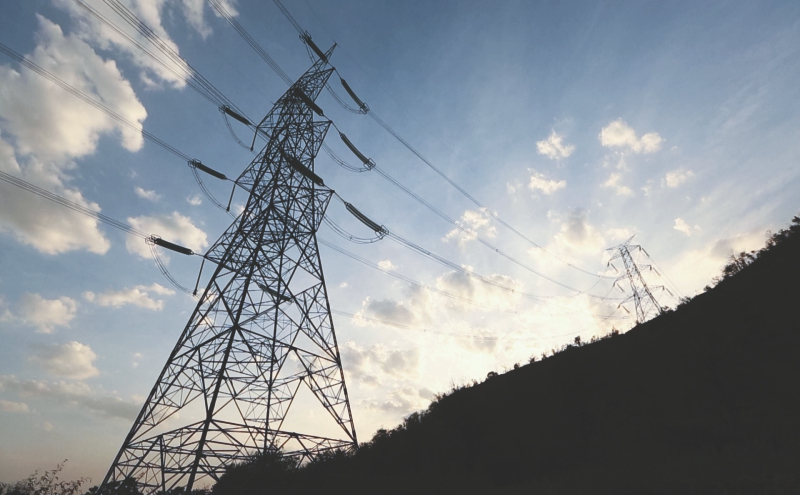The committee has also come out with guidelines for maintenance of existing power lines and setting up electricity infrastructure for minimal disturbance to wildlife in protected areas.

September 16, 2019
In its report submitted recently to Standing Committee of National Board for Wild Life (NBWL), the Task Force constituted by Union Ministry of Environment and Forest and Climate Change (MoEF&CC) has suggested replacement of existing power transmission lines with insulated cables or underground cables ‘on priority basis’ to reduce wildlife mortality. The Task Force was constituted to suggest eco-friendly measures to mitigate impact of power transmission lines and other power transmission infrastructure on wildlife and elephants. It comprised representatives of MoEF&CC, Power Grid Corporation of India Limited (PGCIL), Central Electricity Authority (CEA), and wildlife experts.
The mandate of the Task Force was to examine the guidelines of Wildlife Institute of India (WII) to suggest measures not included in those, and recommend the measures to CEA and Ministry of Power so that they issue necessary directions to State Governments/ State Electricity Boards to adopt these measures while planning future transmission line.
In the report, it has made several recommendations. The most important being the suggestion to the replace the existing power transmission lines with insulated cables or underground cables to reduce death of wild animals due to coming in contact with those. “A nationwide strategy should be developed and supported to undertake the long-term planning of electricity grid networks as a priority. Planning should include the use of state-of-the-art wildlife protection equipment, and burying low to medium voltage transmission lines below ground where feasible,” it has recommended.
Further, to prevent death of animals in forest areas due to electrocution by the electricity distribution lines, the distribution companies have been advised to ‘preferably’ use aerial bunched cables or underground cables. To give it a legal status, the Task Force has recommended amendment to CEA (Measures Relating to Safety and Electric Supply) Regulations, 2010 to include ‘underground cable or aerial bunched cables or covered conductors’ in Rule 59 (3) that relates to laying of transmission lines of 33KV and below passing through habitated urban or rural areas, any forest area other than national park, wildlife sanctuary, conservation reserve, community reserve, eco-sensitive zone around protected area and wildlife corridor.
The Task Force has pitched for ‘immediate rectification’ of sagging transmission lines and cables of existing transmission lines in the protected areas. The rectification is to be done by electricity supply utilities, PGCIL, CEA, and State Electricity Boards. Also, a joint inspection is to be undertaken at least thrice a year, of every transmission/ distribution line passing through protected areas or through the vicinity of protected areas.
To deflect the birds from coming in contact with earth wires (less visible wires) installed at the top of transmission lines, the board has directed the power companies to install sufficient number of line marker devices/bird reflectors. “As an immediate measure, the rectification of sagging transmission lines and joint inspection of every cable passing through the protected areas should be undertaken at least thrice a year, once before onset of monsoon and once after monsoon so as to identify potential problem stretches. There is also a need to set up reinforced electric poles fitted with spikes to prevent elephants rubbing against them,” the board said.




